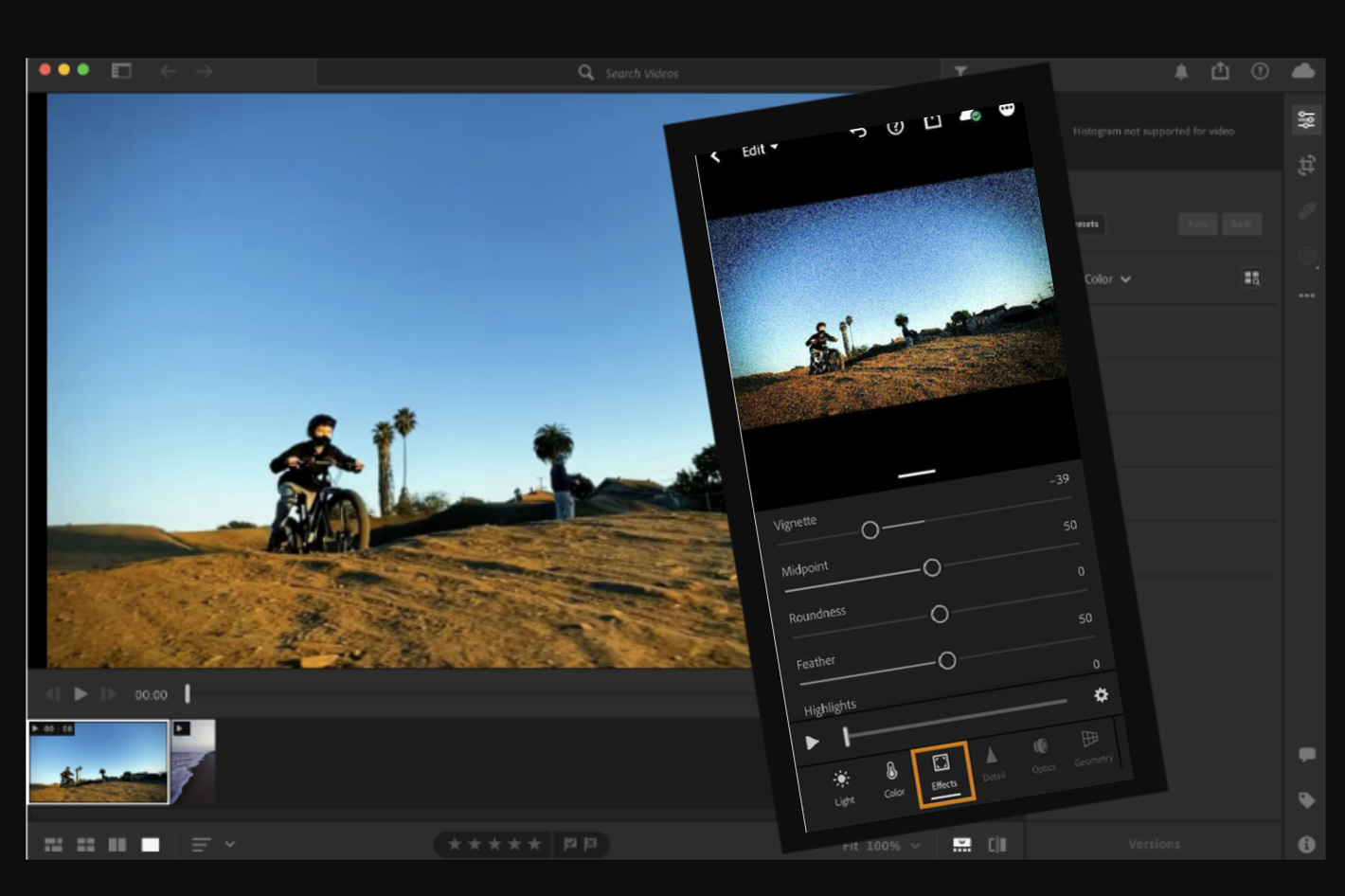
Adobe Lightroom has, for a while now – 2015 -, offered options to open, play and index video files, along with the photos it was designed to edit, a feature that made sense, as so many photographers also shoot video. Now, tough, Adobe announces that Lightroom take a step forward, and it’s a huge step, although the photo editor will not compete with Adobe’s NLE, Premiere.
Still, for those who shoot both photos and video and want to be able to do some light editing in Lightroom… well the good news is that the update is coming and will forever change things for the better. Yes, now the Adobe team can say that Lightroom, finally, supports video. For those afraid that the interface will change and that they will have to learn a whole new workflow, the good news is that the same edit controls that you already use to make your photography shine can now be used with your videos as well!
It does not end there, though! According to Adobe, “not only can you use Lightroom’s editing capabilities to make your video clips look their best, you can also copy and paste edit settings between photos and videos, allowing you to achieve a consistent aesthetic across both your photos and videos. Presets, including Premium Presets and Lightroom’s AI-powered Recommended Presets, can also be used with videos. Lightroom also allows you to trim off the beginning or end of a video clip to highlight the part of the video that is most important.”
Tristan Zhou, Lightroom Ambassador, was one of the first to react, saying “I absolutely love the new video feature. Since I produce both video and photo content, this new feature allows me to do everything in one app instead of jumping back and forth from different apps and software. Such a game changer!”
Lightroom Presets are also getting some love, and powerful, all new preset features include a Preset Amount slider, AI-Powered Adaptive Presets, and new Premium Preset packs. The Preset Amount Slider will appear in all versions (ACR, Lightroom Classic, Lightroom Mac/Win, iOS, Android, Web), meaning you are now able to adjust the intensity of presets that you apply to your photos and videos. Do you wish that the preset was just a little stronger? Or a little more subtle? Now you can easily adjust any preset to your liking.
Again, Adobe requested a photographer to express his opinion, and Piyatat Primtongtrakul, Lightroom Ambassador, said “I love the preset amount slider! This is what I have been waiting for as I do a lot of batch editing, this preset slider really helps me save a lot of time for post processing.”
Adaptive Presets are also included in versions for ACR, Lightroom Classic, Lightroom Mac/Win. Adobe says that “Adaptive presets are an entirely new class of presets. Building on the powerfully advanced Artificial Intelligence capabilities of the Select Sky and Select Subject masks, it’s now possible to apply presets which automatically target a particular part of the photo. Our first two sets of Adaptive Presets include presets for making skies dramatic, and for making the subject of your photo really pop. These presets allow you to access the power of AI masking with the ease of a single click.”
